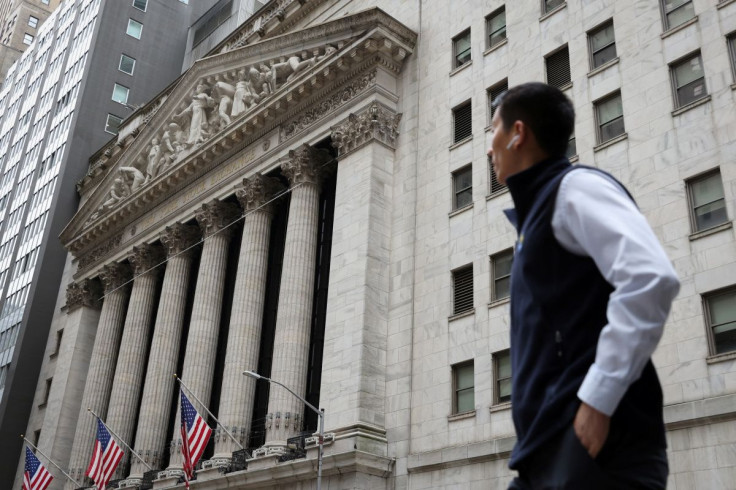Wall Street Roars Back On Lower Bond Yields: What's Next?

Wall Street staged a big rally last week, driven by lower interest rates, which lured traders and investors back to equities.
All major equity indexes ended the week sharply higher, with S&P 500 gaining 6.5%, the Dow Jones Industrials climbing 5.4%, and the tech-heavy Nasdaq surging 7.6%.
Market participants were encouraged by signs that a slowing economy is beginning to put pressure on commodity prices, which have been a significant factor behind the recent inflation surge. For instance, the August oil futures contract lost 3.4% for the week and is now trading at around $107, well below the $120 it sold a couple of weeks ago.
In addition, a slowing economy is easing pressure on transportation costs, another factor behind the surge of inflation, with the Baltic Dry Exchange Index dropping 1% on Friday, the lowest since June 14.
The drop in oil prices and transportation costs signals the prospect of lower inflation ahead, which helped drive lower bond yields. For instance, the 10-year U.S. Treasury bonds traded 50 basis points lower on Thursday from the previous week, making equities more appealing to investors looking for higher returns on riskier assets.
Lower inflation could make the Federal Reserve less hawkish, another good thing for equities.
"The recent rebound in risk assets, particularly equities, has been driven by the expectations of a lower inflation going forward," Ryan O'Malley, a fixed income portfolio strategist at Sage Advisory Services, told International Business Times." This should drive the Fed Funds terminal rate expectations lower, resulting in slow rate hikes and possibly rate cuts starting in 2023. The Fed Funds terminal rate fair value hit 3.925% on June 14."
Then there's the dollar, which followed bond yields lower, giving equity prices another boost. It bodes well for large U.S. companies with significant overseas earnings, like big technology companies, which led the Wall Street rally at the end of the week.
Brad Roth, the chief information officer at THOR Financial Technologies, attributes the recent Wall Street rally to oversold conditions.
"In bear markets, these are prime areas where we can see aggressive upside momentum," Roth told IBT. "Although these moves may be short-lived, they tend to occur quite frequently in bear markets and should be expected. The stock market's best and worst days are highly correlated, and even though the market is in a sustained downtrend, pockets of upside will occur."
What's next? It depends on future inflation data, which will determine the direction of monetary policy.
"Market implied expectations for the rate at which the Fed is going to stop tightening has moved from four percent closer to three percent in the days following the June Fed meeting," Tyler Tucci, head of research at SynerAI, told IBT. "If the Fed is willing to follow the market and tighten less than they previously guided, the risk backdrop should continue to improve. We're not sure they will be able to stop on a dime like the market is now pricing, in any case. Especially if inflation doesn't start to moderate significantly very soon."
Tom Lauman, Head of Investment Strategy at Wealthplicity, told IBT that he thinks the next market move comes down to earnings.
"Mild reductions in results and outlooks will bring a further relief rally; worse earnings and forecasts will force equities lower, probably around 3000 on the S&P 500," he said.




















